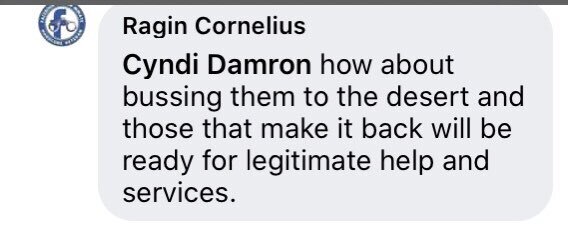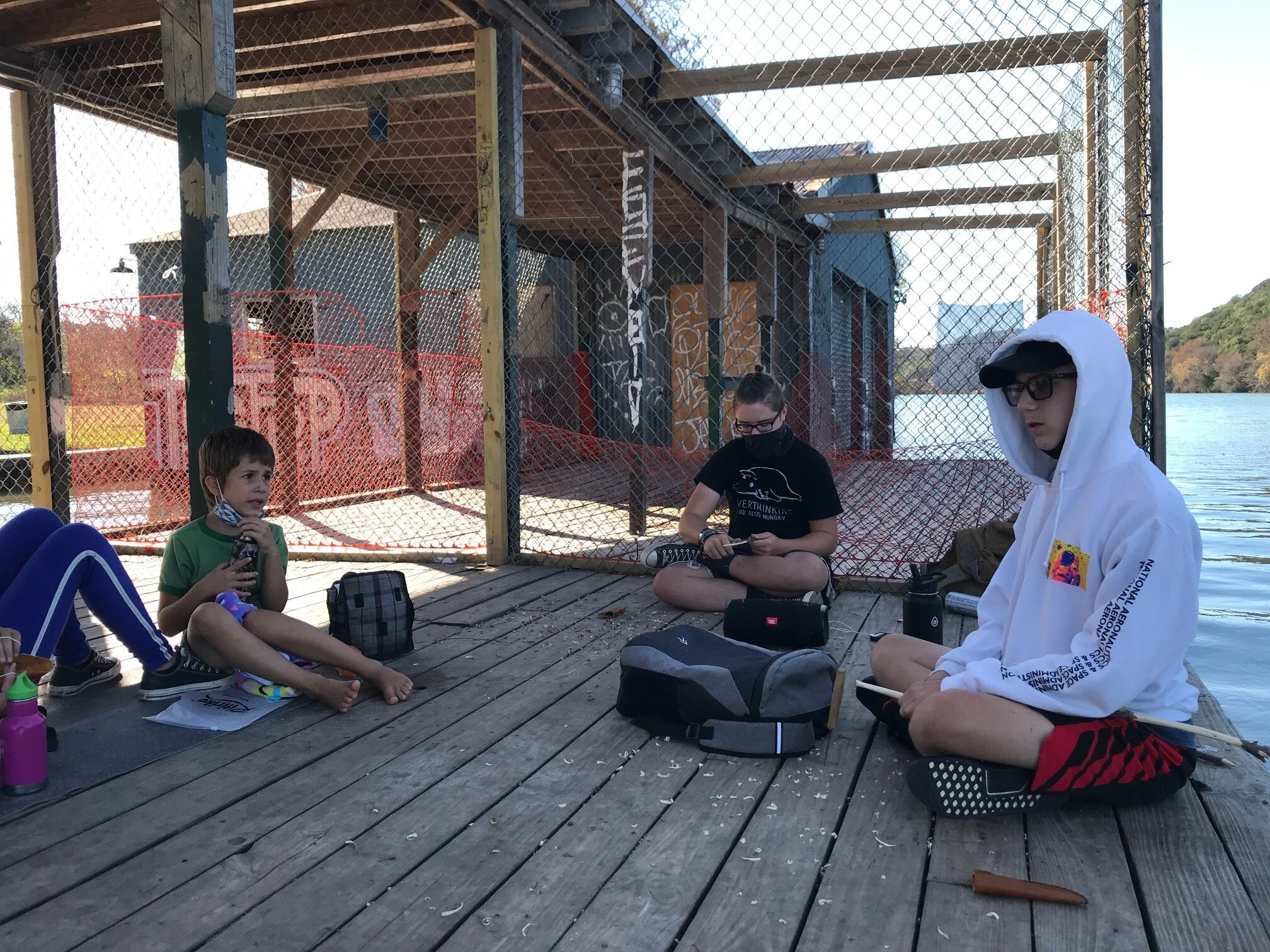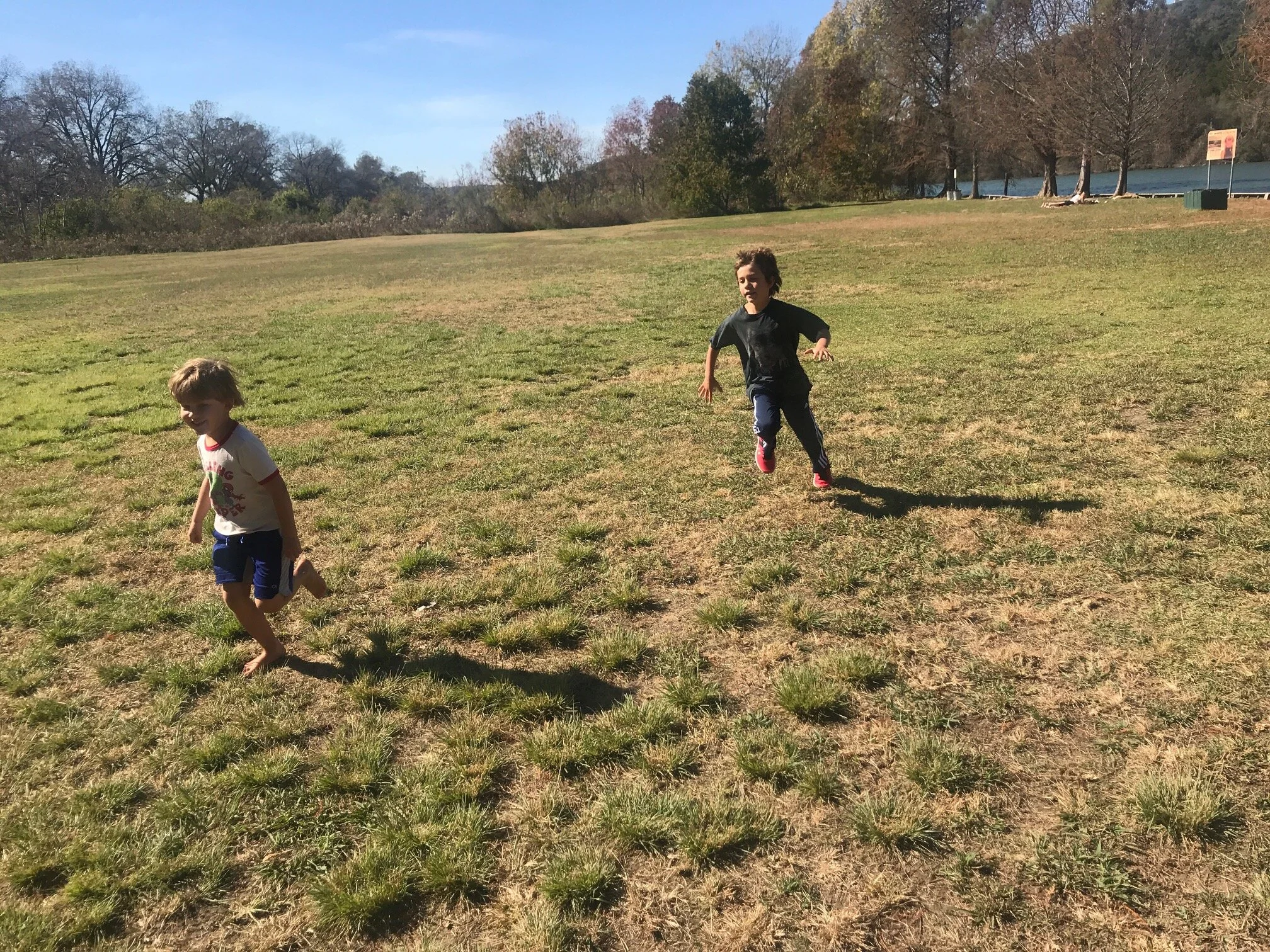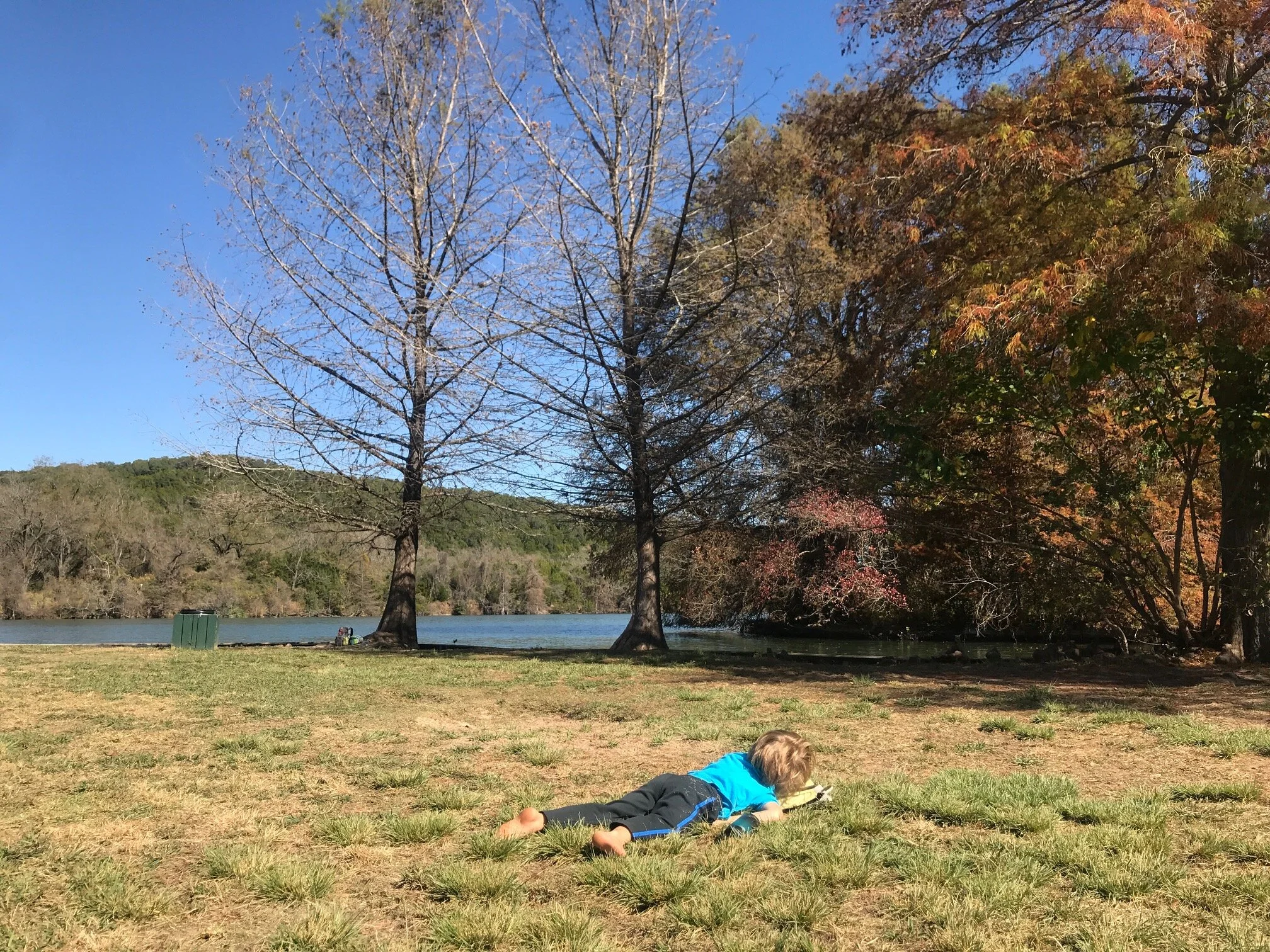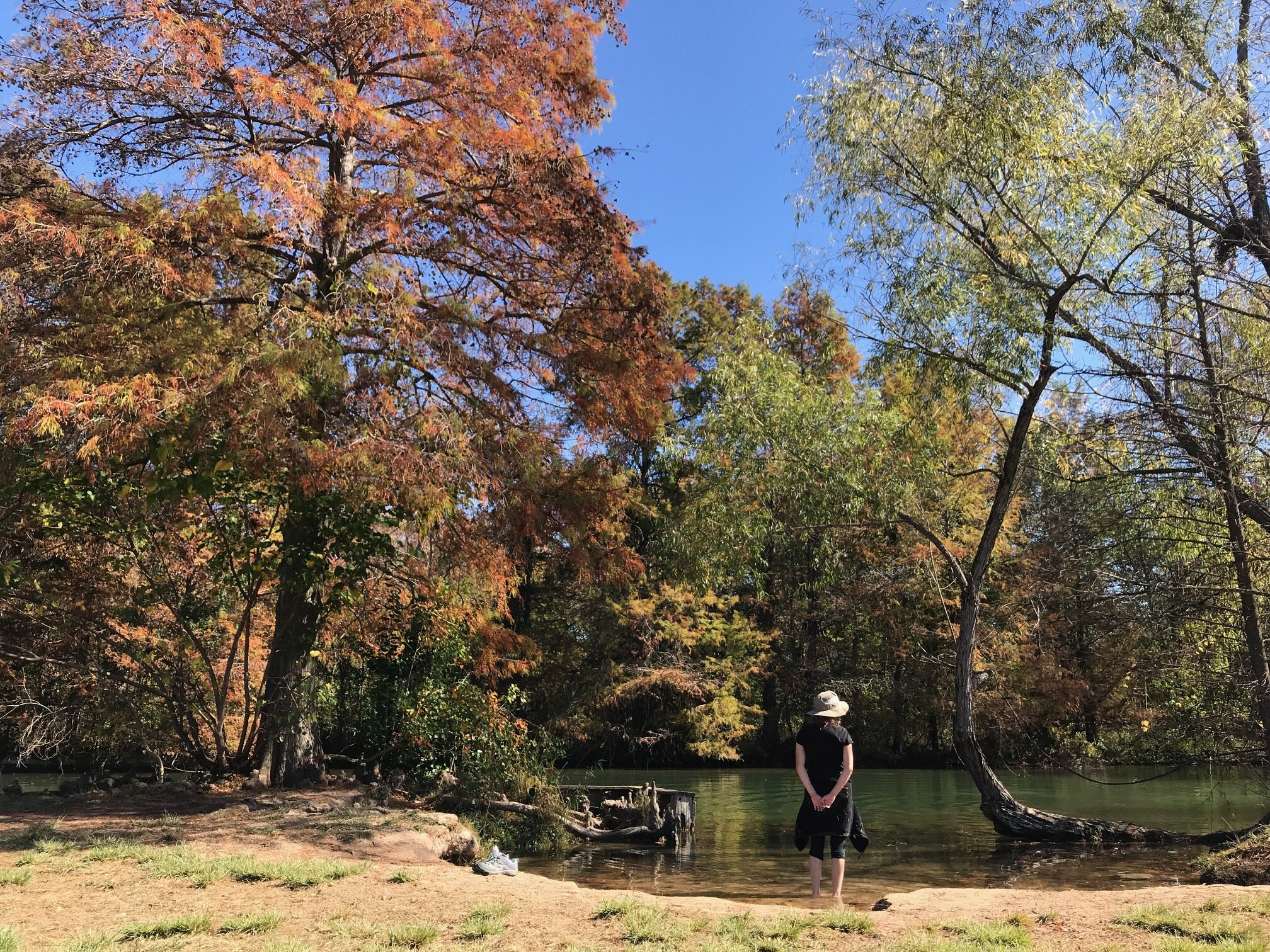On May 1st, 90,428 people voted for Proposition B, re-criminalizing houselessness in Austin, TX. Only 66,292 people voted against the proposition. Austin had long criminalized homelessness through a no sit, no lie ordinance that allowed the police to ticket and arrest the houseless—yes, for sitting or lying down in public. But in 2019 the city council voted to decriminalize sitting and lying down in public, which at the time seemed like a big win for civil liberties and civil rights, locally. Of course the police harassment and abuse of the houseless that preceded no-sit, no-lie continued even after city council removed the ordinance, but far fewer houseless people were being ticketed and arrested which helped limit a lot of the harm.
In February of 2020, the political action committee Save Austin Now started a petition drive to reinstate the City’s camping ban. A second petition attempt succeeded in February of this year, leading to the ballot measure being included in the May election. When people attacked the effort saying that criminalization was anti-homeless and did not do anything to help end houselessness, Save Austin Now and their allies (such as the Austin Police Association) often argued that they were not trying to criminalize homelessness—that they were actually trying to help the homeless! But the language of the proposition is unambiguous, it focuses wholly on criminalization and not at all on helping the houseless:
Shall an ordinance be adopted that would create a criminal offense and a penalty for sitting or lying down on a public sidewalk or sleeping outdoors in and near the downtown area around the University of Texas campus; create a criminal offense and penalty for solicitation, defined as requesting money or another thing of value, at specific hours and locations or for solicitation in a public area that is deemed aggressive in manner; create a criminal offense and penalty for camping in any public area not designated by the Parks and Recreation Department?
The new ban is expected to go into effect on May 11th. Currently, we do not know what that means. Will the police immediately begin ticketing and arresting the houseless? Will the city or the state begin to raze current encampments? Or will the city wait until more support is in place to help the houseless people who will be displaced? The questions are coming not just from the houseless and those who care about them, but also the supporters of Proposition B.
What we all know, those who care about the welfare of the houseless as well as those who want to disappear the houseless, is that Proposition B is intended to harm the houseless. Fines, jail time, and threats of violence only deepen the struggles of the houseless community, making it more difficult for them to escape houselessness. It is uncivilized and inhumane to punish people for being too poor to afford a safe place to go. The harm of criminalizing houselessness is tangible and real. Those who support Proposition B are okay with harming the houseless because they just want them out of sight and out of mind—in jail, in prison, pushed out to another city, or dead.



